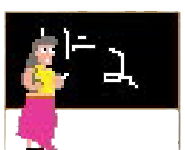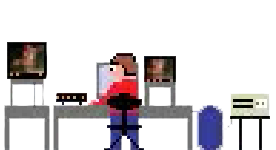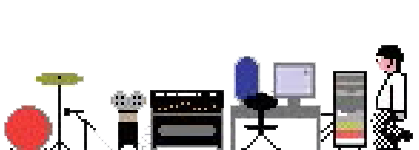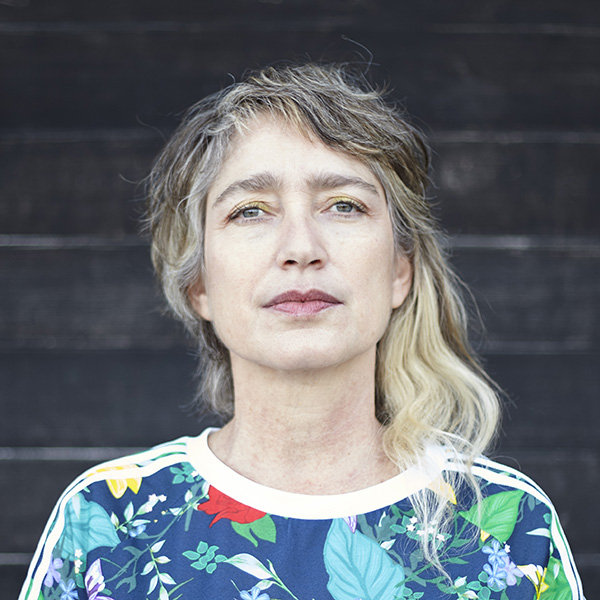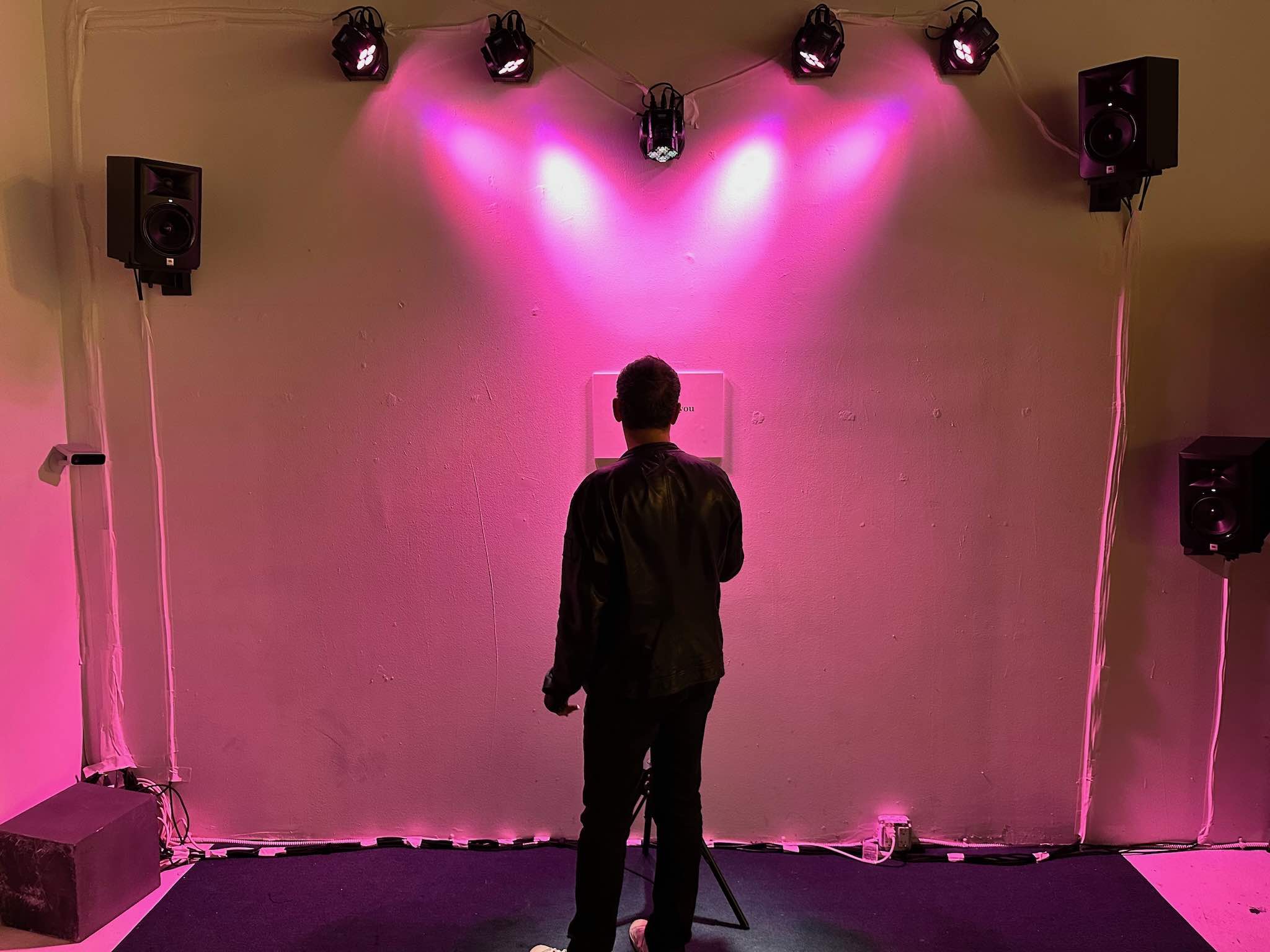October 22, 2022 @1-3pm
Harvestworks Art and Technology Program Building 10a, Nolan Park, Governors Island
FREE with Sign UP

Immersive technologies are omnipresent and we are completely submerged in them in one way or another. For me it is very important the interactive aspect I can bring: The possibility to participate, to become aware of, and to change the intentions of the technologies that shape our habitat.
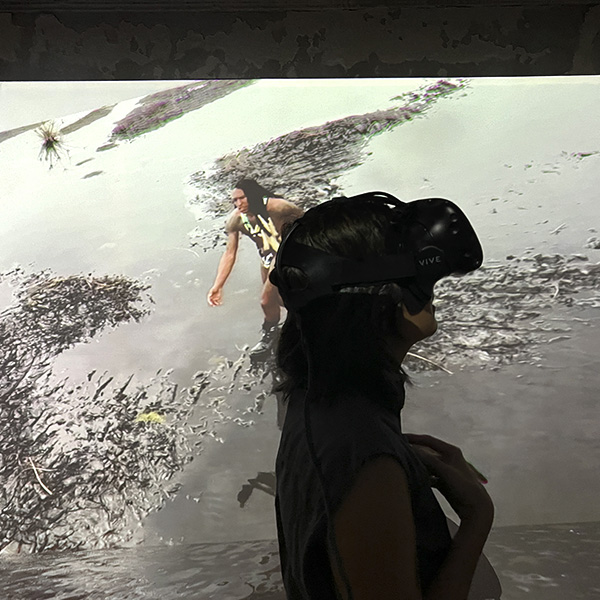
Eva Davidova and creative technologist Sidney San Martin will give a demo and a brief introduction of the interactive installation Garden For Drowning Descendants, currently at Harvestworks. Discussion on the process and collaborative aspect of the piece will lead into the conceptual issues around the technologies employed. Sidney San Martin will talk about the custom code and innovative solutions he developed for the piece. In a very brief history of virtual, mixed and invisible realities, Eva will talk about the origin and transformation of immersive technologies.
In the second part of the workshop we will have a hands on exercise with applications and software with free access (either free or open source), in which the participants will be able to create their own assets to use in Unity or Mozilla Hubs. We will explore terminologies, possibility for collaboration and a simple framework for the creation of potential artworks.
The intention of this workshop is to promote, support and facilitate the participation of everyone in the creation of virtual worlds, evermore entangled with the physical.
Please note: No previous knowledge is required, but it is recommended to bring a laptop.
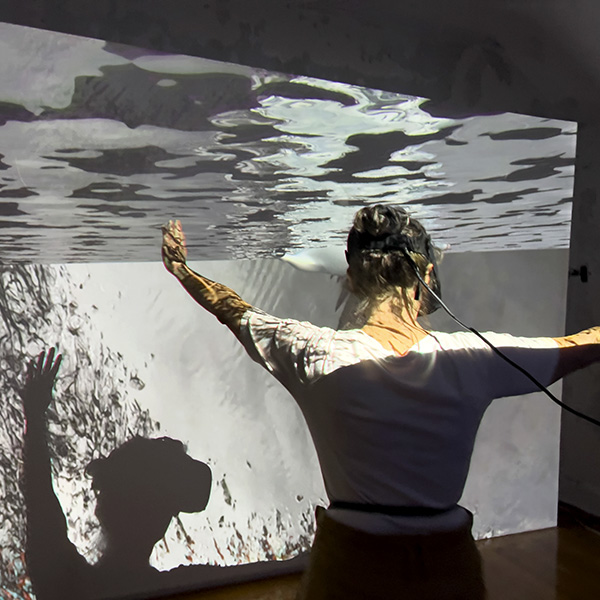
About the Artist
EVA DAVIDOVA explores behavior, ecological disaster, and the political implications of technology through performative works rooted in the absurd. Challenging a singular narrative, she combines ancient mythology with the current technological moment to address the looming ecological catastrophe. Davidova has exhibited at the Bronx Museum, the Everson Museum, the Albright Knox Museum, MACBA Barcelona, CAAC Sevilla, La Regenta, ISSUE Project Room, and Instituto Cervantes among others. Recently she was a fellow of Harvestworks’ TIP program, Residency Unlimited, Alfred IEA, and a member of NEW INC, the New Museum incubator at the intersection of art, design and technology.
About the Creative Technologist
Sidney San Martín (a.k.a. s4y) is a computer programmer and performer based in Brooklyn, NY.
He has worked on tools for performance, live music visuals, immersive art installations, 3D virtual spaces, systems programming, electronics, and almost everything else that involves a computer. He is always looking for creative collaboration and (some) contract work. In the past, he has done full time software engineering at OkCupid, Keybase, and on Chrome for Mac at Google.
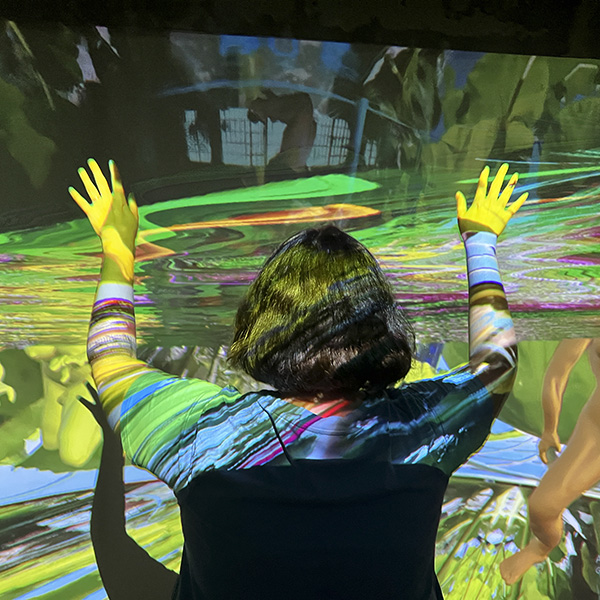
This project is made possible with funds from the NYSCA in Partnership with Wave Farm: Immersive Art & Technology Initiative, with the support of the Office of the Governor and the New York State Legislature.


